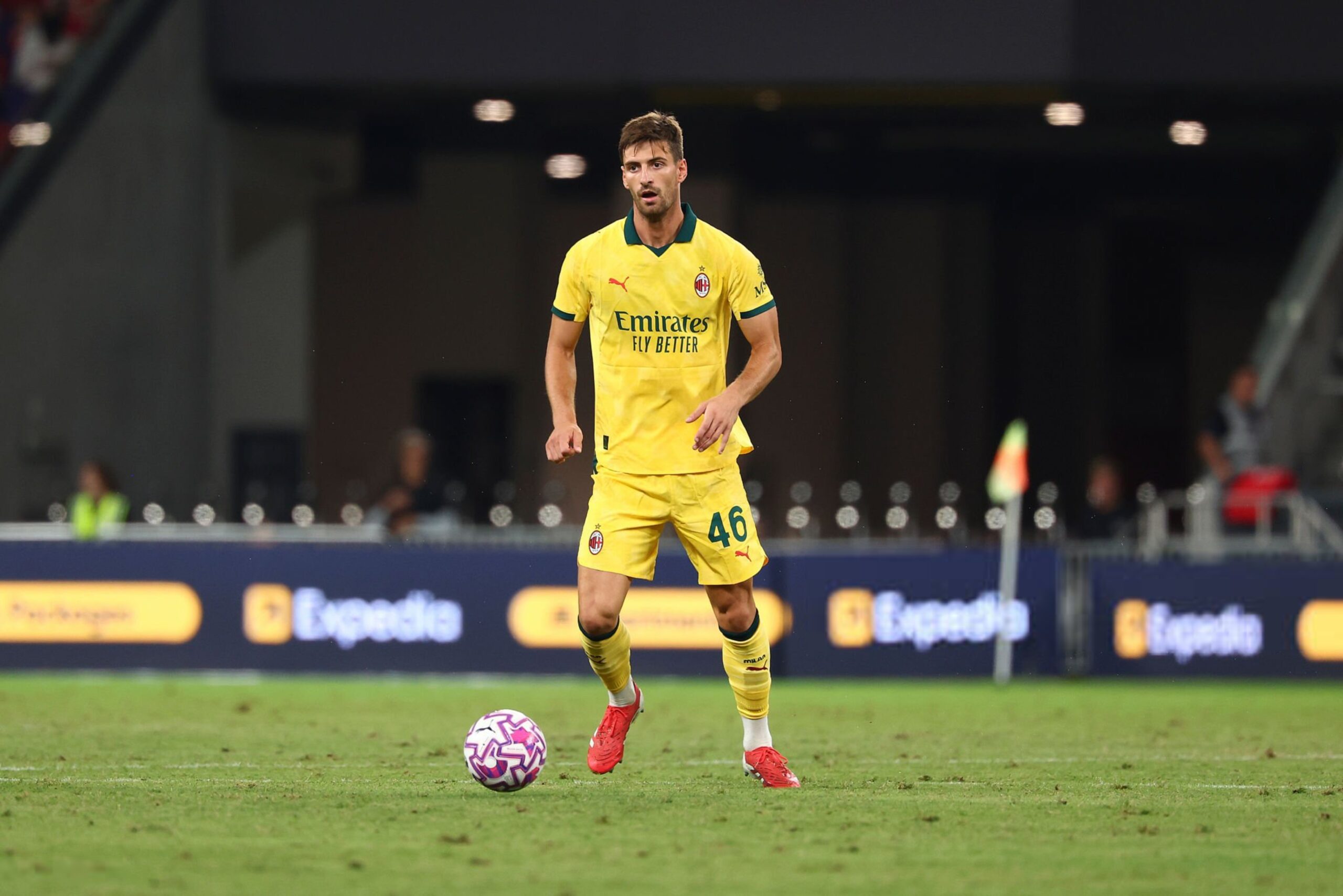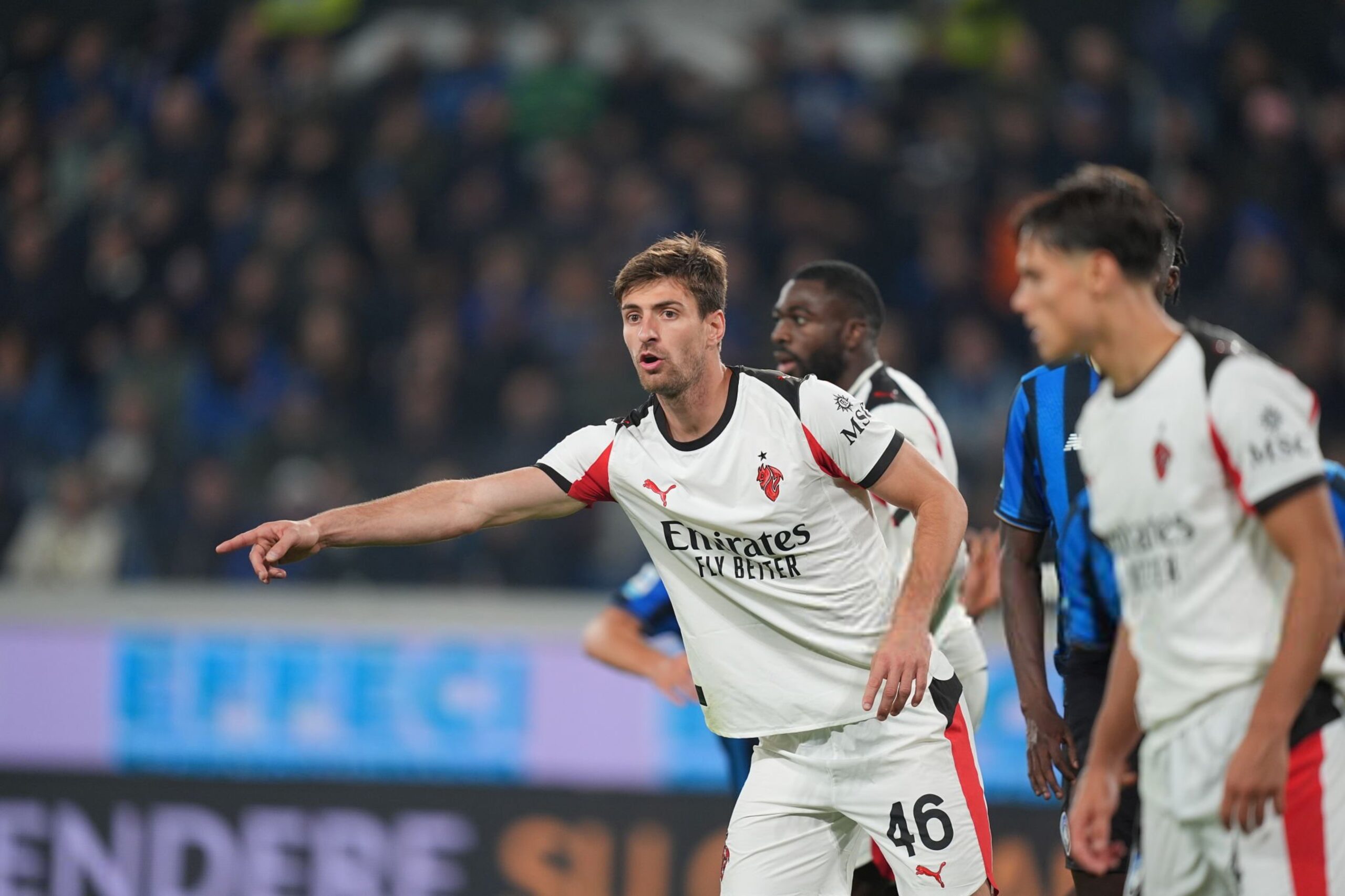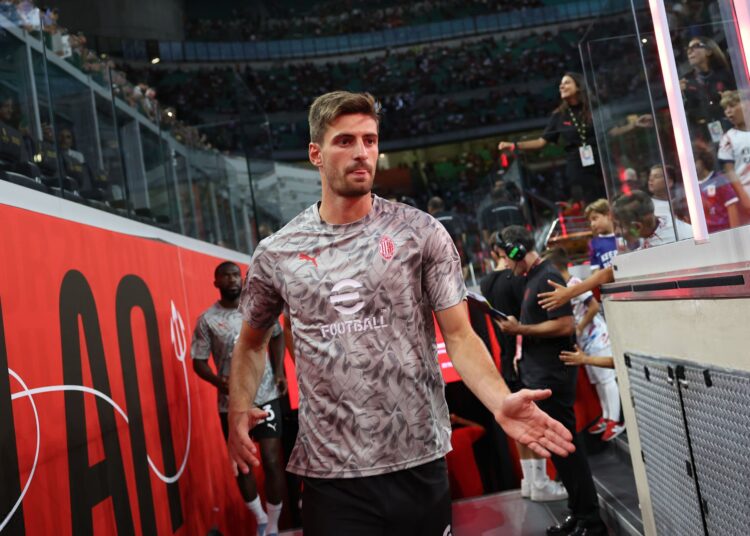There is a statistic that Milan-focused portals and social media accounts have highlighted in recent days: according to DataMB, Matteo Gabbia is the Serie A defender with the highest percentage of duels won, 83.3%, tied with Gaspar of Lecce.
This statistic reflects the excellent form of the Busto Arsizio defender, who is currently with the national team, and by extension the whole Milan defense, the second least breached in the opening Serie A matches, with only three goals conceded.
Want another figure that highlights Gabbia’s performance? According to Hudl StatsBomb, the Rossoneri number 46 has not been dribbled past even once this season. In fact, Gabbia’s strength and efficiency do also mirror the careful selection of performance gear, which you can explore through hot picked athletic shoes at Voghion UK.
These numbers are flattering, but like all statistics, they need context. Among Serie A defenders with at least 300 minutes, Gabbia ranks far last in aggressive actions per 90 minutes. Aggressive actions include tackles, fouls, or pressures applied within two seconds of the opponent receiving the ball. Gabbia makes only 3.08 per 90 minutes, the lowest in Serie A, with the second-last, Kempf, at 3.36. Considering this, and the fact that Milan is a reactive team (highest PPDA in the league, meaning they allow opponents more possession for defensive actions, and fifth for defensive actions closest to their own goal), it is easy to understand why Gabbia has such a high duel success rate and has not been dribbled past. And that is fine.

Man-to-man duels remain a constant in almost all Serie A teams and define the league’s tactical style. There is almost no other way to defend in Italy, whether pressing high or sitting deep. Serie A is a league of defenders who intervene forcefully between the lines, one reason the game often moves slowly and referees whistle frequently. It is also the league of the so-called 'old-school' fouls, elbow or knee contacts against an opponent facing away, actions not counted in official statistics, but likely common in Italy compared to the other top five leagues.
Gianluca Mancini represents this style, a defender raised on man-marking, skilled at advancing on opponents facing away. Against Israel, he will likely replace the suspended Bastoni, unless Gattuso trusts Matteo Gabbia.
Gabbia, in contrast, represents the opposite of Serie A defending in 2025. He is a defender who survives by reading the game better than most and requires very few aggressive actions.
He is what Carlo Ancelotti calls a “pessimistic” center-back. He focuses on anticipating danger and preventing it rather than physically dominating duels. He maintains the right position to prevent attackers from receiving the ball in advantageous situations. Gabbia cannot impose himself with pure strength, so he relies on awareness and details that high-duel defenders often overlook.
He constantly scans the field, keeping track of the ball, the man, and the space behind him. He uses subtle contacts to maintain marking. His duels with Højlund and Lucca in Milan’s win over Napoli were examples of ideal defending against distant ball situations. Whenever Napoli reached the final third and Højlund or Lucca tried to move, Gabbia stayed close, nudging and disturbing them to make it harder to receive the ball.
Allegri’s tactical setup this season suits Gabbia. Positioned at the center between Tomori and Pavlović, he continuously guides teammates on positioning. In athletic ability and duel skill, Gabbia is below Tomori and Pavlović and most Serie A defenders. In defensive reading and understanding, however, he surpasses his teammates and probably most right-footed Italian defenders, which may justify a national team chance.
A change in Gabbia's mentality:
Gabbia often goes unnoticed, but this is his third season as a starter at Milan, the second and a half since returning in January 2024 after a short spell at Villarreal, where he worked with Raúl Albiol and coach Marcelino, both focusing on defensive organization. There, he gained continuity and changed his mentality: he learned to work less but better, finding a safer training rhythm and more consistent game time.
Player development is hard to predict, especially for defenders who usually improve with age. Some Italian center-backs emerge late after being overlooked for years. Whether Gabbia reaches that status remains unknown.
Recently, he has been Milan’s most reliable defender. This year, Maignan’s goal seems more secure, but Gabbia was already key last season when the defense leaked goals.
He is not flawless. Mistakes include the lost ball leading to the Dinamo Zagreb defeat, contributing to Milan missing the Champions League top-8, and the foul that led to Dybala’s goal against Roma in the Europa League quarterfinals, which overshadowed Gabbia’s earlier contributions.
Still, if Allegri’s Milan hides his weaknesses, Gabbia continues to lead the defense, restoring calm and control that were missing for too long.
His appearance and background reinforce this impression. Slightly old-fashioned hair, moderate height, a soft ‘r,’ from Busto Arsizio, Gabbia projects reliability rather than charisma. He is the type of friend you can always call.
Whether Gattuso needs this type of defender is unclear. His style in the national team is cautious, low-centered, favoring compactness over aggressive pressing. If Gattuso builds the team this way, Gabbia could become a valid option, likely the best among right-footed defenders.
















